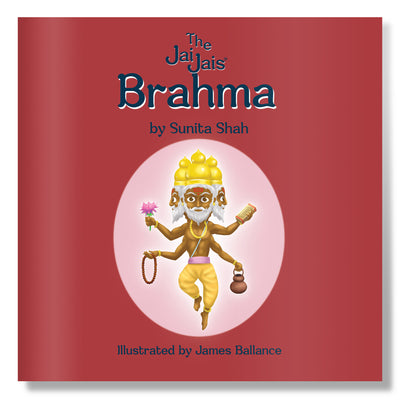Hinduism is a myriad of vibrant festivals with each having specific meaning and significance. Vasant Panchami is dedicated to Goddess Saraswati, Vasant Panchami celebrates the arrival of Spring in India. Saraswati is the Goddess of knowledge, music, learning and arts. Saraswati is the wife of Brahma, who created the universe. It is believed that without Saraswati the world would be shrouded in ignorance, as she is the one who represents enlightenment.
During Vasant Panchami people wear yellow coloured clothes and also eat food that is yellow like kitchri (rice and lentils). Goddess Saraswati’s idols are covered in yellow sarees as it is believed that it is one of her favourite colours. Yellow symbolises, joy, bliss and prosperity. Goddess Saraswati is the one who gives us wisdom. In India the mustard flowers bloom, and entire fields of mustard flowers resemble beds of yellow flowers when in full bloom.
Vasant Panchami is the time when people start giving the first lessons on education to their little children. This tradition is called Vidyarambam (Vidya + Aarambh), meaning the beginning of ‘Vidya’. The ritual is also referred to as Aksharabhyasam (Akshar + Abhyas) meaning learning of the letters or ‘Akshar’.
According to a legend associated with Vasant Panchami, the day is dedicated to celebrating the union of Kama Deva (the God of love) and his wife, Rati (see our blog on Kama Deva). It also marks the coming together of Shiva and Parvati. It is believed that Parvati sought Kama's help to awaken Shiva from his deep state of meditation. Kama Deva used his bow made of sugarcane and aimed an arrow of flowers at Shiva to bring him back to the world that needed his attention. From a spiritual perspective, it symbolises the return of Shiva from the state of consciousness.
Spring is here....












